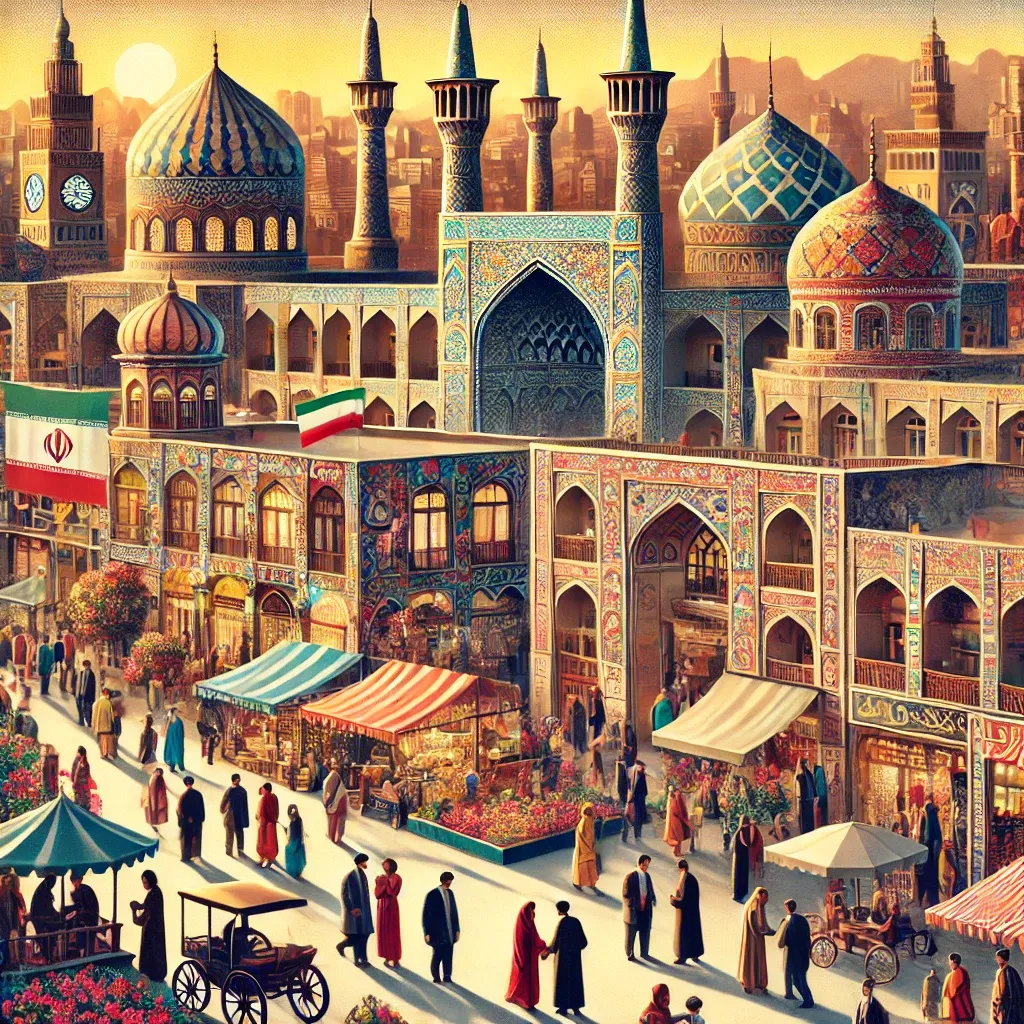

By Dr. Tim Orr
Imagine a country caught between global superpowers, its vast oil reserves coveted by many. This is the story of Iran during and after World War II—a tale of invasion, nationalization, and covert operations that reshaped its destiny. Understanding these pivotal moments is crucial, as they have left an indelible mark on Iran's modern history and continue to influence its geopolitical stance today.
Summary
This article delves into the significant events of World War II and post-war Iran, highlighting the Allied occupation, the bold nationalization of the oil industry by Prime Minister Mohammad Mossadegh, and the subsequent CIA-backed coup that overthrew him. It explores how these historical moments impacted ordinary Iranians and how the control of oil resources fueled both development and discontent, setting the stage for future conflicts and the rise of terrorism. Through personal stories and critical analysis, the article comprehensively explains how these events shaped modern Iran and continue to influence its geopolitical landscape.
World War II and Allied Occupation
During World War II, Iran's strategic importance skyrocketed. In 1941, British and Soviet forces invaded Iran to secure vital oil supplies and establish a crucial supply route to the Soviet Union (Mansoori, 2009). This occupation marked a significant turning point in Iranian history. Amidst the chaos, Reza Shah Pahlavi was forced to abdicate in favor of his son, Mohammad Reza Shah Pahlavi, ensuring the Allies maintained control over Iran’s resources (Gasiorowski & Byrne, 2004).
Nationalization of Oil
A decade later, in 1951, Iran once again grabbed global attention. Prime Minister Mohammad Mossadegh took a bold step by nationalizing the Iranian oil industry, previously dominated by the British-controlled Anglo-Iranian Oil Company (Kinzer, 2003). This decision aimed to reclaim Iran's economic sovereignty and utilize its vast oil wealth for national development.
The CIA-Backed Coup: Operation Ajax
Mossadegh's move threatened Western economic interests, particularly Britain's. In response, the British, with U.S. support, orchestrated a covert operation to overthrow Mossadegh. Known as Operation Ajax, this CIA-backed coup in 1953 succeeded in toppling Mossadegh and reinstating Mohammad Reza Shah Pahlavi as the absolute ruler of Iran (Abrahamian, 2001). This ensured that Western powers retained control over Iran's oil resources, but it also set the stage for future turmoil.
Stories of Change and Conflict
The impact of these events on ordinary Iranians was profound. Consider Ali, a young student in Tehran during Mossadegh's nationalization. Inspired by Mossadegh's vision, Ali joined rallies and demonstrations, believing that reclaiming Iran's oil would lead to prosperity and independence (Gasiorowski & Byrne, 2004). The initial success sparked hope and excitement among Iranians like Ali, who saw a brighter future for their country.
In stark contrast, Fatemeh, a shopkeeper in the southern oil-rich Khuzestan region, witnessed the coup's immediate aftermath. She recounted how foreign control over Iranian oil felt like a return to colonial exploitation (Kinzer, 2003). Fatemeh's community, which had celebrated Mossadegh's move, now faced repression and economic uncertainty as the Shah tightened his grip on power with Western backing.
Oil and Empowerment for Terrorism
The reinstatement of the Shah and the continued Western control over Iranian oil resources had far-reaching consequences. The vast revenue from oil exports fueled rapid modernization and development projects and funded an increasingly oppressive regime (Abrahamian, 2008). This wealth was not shared equally, leading to widespread discontent and laying the groundwork for future revolutionary fervor.
This significant influx of oil money empowered the Shah to build a formidable security apparatus to quash dissent. Yet, this repression only served to radicalize segments of the population, giving rise to various opposition groups, including Islamist factions (Milani, 2011). Over time, some of these groups would turn to terrorism to challenge the regime and Western influence in Iran.
Conclusion
World War II and the post-war era were pivotal in shaping modern Iran. The Allied occupation, the nationalization of oil, and the CIA-backed coup of 1953 each played critical roles in determining Iran's political and economic trajectory. While oil control brought wealth and development, it also sowed seeds of discord and empowered elements that would later resort to terrorism. Understanding this history is crucial to comprehending the complexities of Iran's current geopolitical stance and the enduring legacy of foreign intervention in the region.
References
Abrahamian, E. (2001). The 1953 coup in Iran. Science & Society, 65(2), 182-215.
Abrahamian, E. (2008). A history of modern Iran. Cambridge University Press.
Gasiorowski, M. J., & Byrne, M. (2004). Mohammad Mosaddeq and the 1953 coup in Iran. Syracuse University Press.
Kinzer, S. (2003). All the Shah's men: An American coup and the roots of Middle East terror. John Wiley & Sons.
Mansoori, M. (2009). The geopolitical significance of Iran in World War II. Iranian Studies, 42(3), 439-452.
Milani, A. (2011). The Shah. Palgrave Macmillan.
